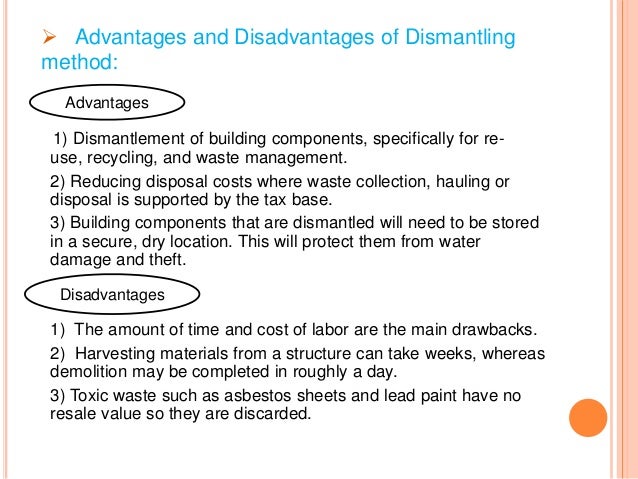Detail from Labor, (1896). Manual labour (in, manual labor in ) or manual work is physical work done by people, most especially in contrast to that done by, and to that done. It is most literally work done with the hands (the word 'manual' comes from the ), and, by figurative extension, it is work done with any of the muscles and bones of the body. For most of human prehistory and history, manual labour and its close cousin, animal labour, have been the primary ways that physical work has been accomplished. And, which reduce the need for human and animal labour in production, have existed for centuries, but it was only starting in the 18th and 19th centuries that they began to significantly expand and to change human culture. To be implemented, they require that sufficient exist and that its be justified by the amount of future that they will.
A disadvantage of manual inventory systems is that they can be highly labor. Retrieved from http://smallbusiness.chron.com/advantages-disadvantages-manual. Feb 23, 2015 - If the activities of a project depend on labor, it is called labor intensive project. No automatic technology but the manual labor becomes major in.
Although nearly any work can potentially have skill and intelligence applied to it, many that mostly comprise manual labour—such as fruit and vegetable picking, manual materials handling (for example, shelf stocking), manual digging, or manual assembly of parts—often may be done successfully (if not masterfully) by unskilled or semiskilled workers. Thus there is a partial but significant correlation between manual labour and unskilled or semiskilled workers. Based on economic and social, people may often distort that partial correlation into an exaggeration that equates manual labour with lack of skill; with lack of any potential to apply skill (to a task) or to develop skill (in a worker); and with low. Throughout human existence the latter has involved a spectrum of variants, from (with stigmatisation of the slaves as 'subhuman'), to caste or caste-like systems, to subtler forms of inequality. Often results in businesses trying (for example, through or by employing ) or to obviate it entirely (through mechanisation and automation). Contents • • • • • • • • • • Relationship between low skill and low social class For various reasons, there is a strong between manual labour and unskilled or semiskilled workers, despite the fact that nearly any work can potentially have skill and intelligence applied to it (for example, the skill of, or the logic of ). It has always been the case for humans that many workers begin their working lives lacking any special level of skill or experience.


(In the past two centuries, education has become more important and more widely disseminated; but even today, not everyone can know everything, or have experience in a great number of occupations.) It has also always been the case that there was a large amount of manual labour to be done; and that much of it was simple enough to be successfully (if not masterfully) done by unskilled or semiskilled workers, which has meant that there have always been plenty of people with the potential to do it. Richard castle heat wave page 105. These conditions have assured the correlation's strength and persistence. Peasants harvesting crops, by Flemish artist, 17th century Throughout human prehistory and history, wherever have developed, the social status of manual labourers has, more often than not, been low, as most physical tasks were done by,,,,,. For example, legal scholar L. Ali Khan analyses how the,,, and all created sophisticated social structures to outsource manual labour to distinct classes,,,.